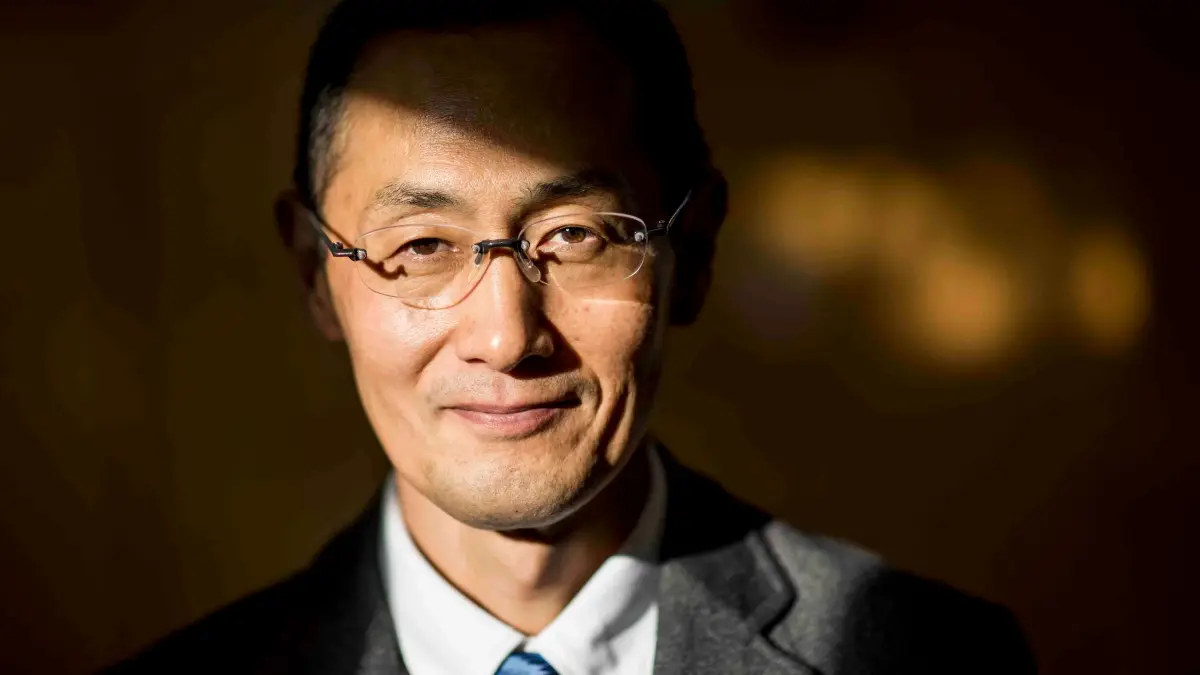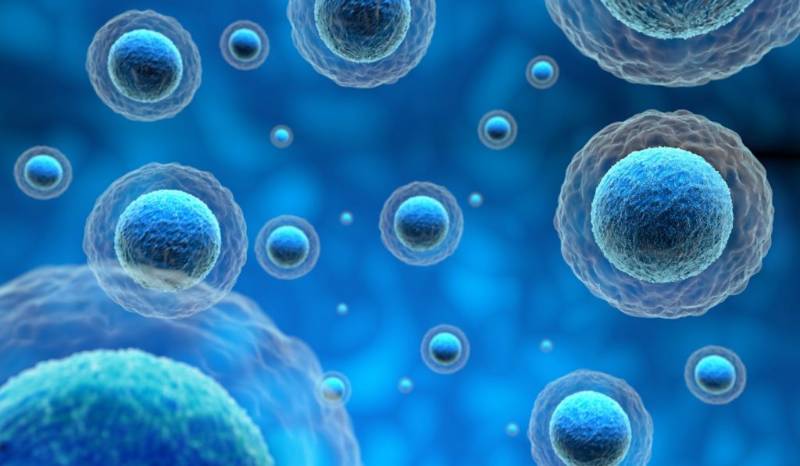The Science of Reprogramming Life Itself
In 2006, a revolutionary moment in biology unfolded when Japanese scientist Shinya Yamanaka and his team discovered that mature cells, like skin cells that could be genetically reprogrammed to return to an embryonic-like, pluripotent state. The key? A precise combination of four powerful transcription factors: Oct3/4 (POU5F1), Sox2, Klf4, and c-Myc. These came to be known as the Yamanaka Factors.
The implications were staggering. Scientists could now create stem cells without using embryos, bypassing ethical controversies and opening the doors to personalized medicine, regenerative therapies, and even anti-aging research. For this work, Yamanaka was awarded the Nobel Prize in Physiology or Medicine in 2012.
What Are the Yamanaka Factors?
The Yamanaka Factors are a set of four protein transcription factors that, when introduced into adult somatic (specialized) cells, reprogram them into a pluripotent state, meaning they can potentially turn into any cell type in the human body. These reprogrammed cells are called induced pluripotent stem cells (iPSCs).
The Four Key Players:
- Oct3/4 (POU5F1): A master regulator of embryonic development that helps preserve stem cell identity.
- Sox2: Works closely with Oct3/4 to maintain self-renewal and pluripotency.
- Klf4: Regulates gene expression, balancing cell proliferation and differentiation.
- c-Myc: A proto-oncogene that promotes cell growth and division but increases cancer risk if misused.
Together, these factors rewire the cell's gene expression patterns, effectively resetting it to a state nearly identical to embryonic stem cells.
The Discovery: Simplicity Behind Complexity

Shinya Yamanaka's team began by testing 24 genes known to be involved in embryonic development. After a series of elimination experiments, they identified that just these four factors were sufficient to induce pluripotency in mouse fibroblast cells.
This was the first time scientists could generate stem cells without harvesting them from embryos, making the method a game-changer in biomedical research. The resulting iPSCs could mimic embryonic stem cells in both behavior and potential, capable of giving rise to virtually any cell type.
How Do They Work?
Cellular identity is determined by gene expression patterns and epigenetic markers. Yamanaka Factors disrupt the current programming of a cell and reset its epigenetic state, activating stemness-related genes and silencing lineage-specific genes.
- Oct3/4 and Sox2 act as core transcriptional regulators.
- Klf4 helps maintain the right balance between self-renewal and differentiation.
- c-Myc boosts reprogramming speed but poses oncogenic risks.
These four don't merely “flip a switch”, they rebuild the internal circuitry of a cell, transforming its identity and potential.
Biological Insights: Nature’s Flexibility
Interestingly, during early embryonic development, cells naturally express Yamanaka Factors at specific stages. This hints at a fundamental biological principle: cellular plasticity is not an artificial concept, it’s embedded in our developmental biology.
This also suggests that cellular identity is not permanent. With the right cues, even mature cells can be coaxed into becoming something entirely different.
Applications of Yamanaka Factors
1. Regenerative Medicine
iPSCs hold enormous potential in regenerative therapies. A patient's own skin cells can be reprogrammed and used to grow heart tissue, neurons, liver cells, or even retinal cells, minimizing immune rejection and ethical issues.
2. Disease Modeling
iPSCs derived from patients with genetic disorders can be used to model diseases in the lab, offering a more accurate environment to study conditions like ALS, Parkinson’s, and Huntington’s.
3. Drug Discovery and Toxicity Testing
Instead of using animal models, drugs can be tested on human iPSC-derived cells, making the process more accurate and personalized.
4. Aging and Longevity Research
Recent studies are exploring partial reprogramming using the Yamanaka Factors for a limited time to rejuvenate aged cells without erasing their identity. This could potentially reverse biological aging, making tissues more youthful and resilient.
Risks and Limitations
Despite the promise, using Yamanaka Factors isn't risk-free.
- Tumorigenesis: c-Myc is a well-known oncogene. Its presence can lead to uncontrolled cell division and cancer. Some safer protocols now omit c-Myc, though with reduced efficiency.
- Loss of Cell Identity: If reprogramming is not controlled, cells may lose their functional identity entirely - a major concern in therapeutic settings.
- Genetic Instability: iPSCs can accumulate mutations during reprogramming, especially under stressful lab conditions.
Scientists are working on refining delivery mechanisms, improving reprogramming efficiency, and reducing risks for clinical use.
The Road Ahead
The discovery of Yamanaka Factors has ushered in a new era in biology and medicine. From creating lab-grown organs to developing personalized gene therapies, their impact is both vast and evolving. Current research is focused on:
- Safer reprogramming protocols (non-integrating vectors, chemical reprogramming)
- Partial reprogramming for anti-aging therapies
- Generating organoids for transplantation
- Understanding developmental diseases at the cellular level
The ultimate goal? To develop clinically safe, ethically sound, and universally accessible stem cell therapies.
Final Thoughts
The Yamanaka Factors taught us that cells are not static, they carry the memory of their past and the potential for an entirely new future. This discovery didn’t just change how we view stem cells; it challenged our understanding of aging, identity, and the very limits of biology.
As science moves forward, one thing is clear: with tools like these, we’re not just healing, we’re reprogramming life itself.


Discussion
Start the conversation
No comments yet
Be the first to share your thoughts on this article. Your insights could spark an interesting discussion!